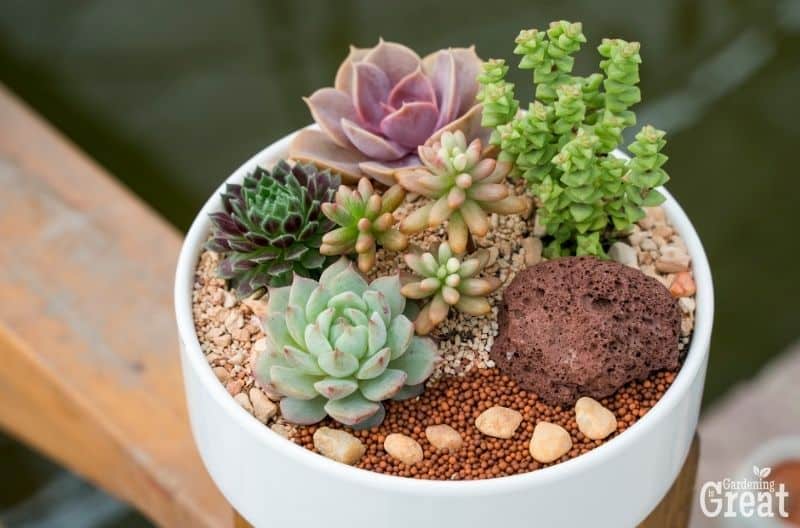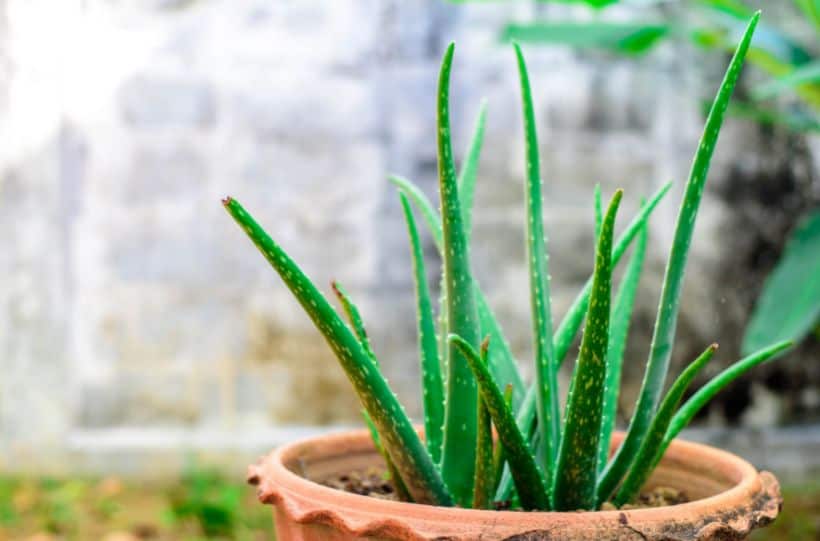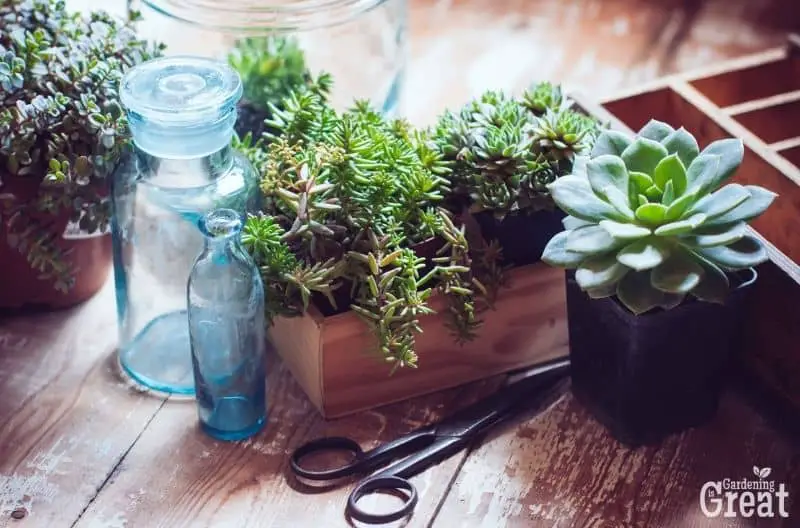How to Care For Succulents Indoors
Succulents are popular indoor plants. They are stylish, come in a range of shapes, sizes, and colors, and make a great display within your home.
Selecting a plant for your home is one thing, but being able to select the right succulents for an indoor environment and caring for them appropriately is not as easy.
Knowing how to care for succulents indoors is crucial to ensuring your succulents thrive.
If you are wanting to introduce succulents to your home, then keep on reading to find out the right level of care they require to grow healthily.

Choose the Right Succulents
Not all succulents will survive indoors. If you want your succulents to succeed, you need to select the right types of succulents in the first place.
It is best to try and avoid boldly colored succulents. These plants need as much sunlight as possible and thrive when planted outdoors rather than inside.
Instead, select succulents with lush, green leaves to brighten your home and help to connect you with nature.
Here are a couple of succulent varieties that do grow well indoors:
Aloe Vera
Aloe vera is well known for its health benefits but did you know it is actually a type of succulent?

Aloe vera does not require lots of watering. Ensure the soil is completely dry before watering again. They also require lots of direct sunlight so place your aloe vera plant on your brightest windowsill.
Jade Plant
Jade plants are a popular choice of succulents as they are considered a symbol of good luck. Unlike aloe vera, jade plants need to be watered before the soil is completely dry. If you allow the soil to dry completely, the roots will start to rot.
They also require lots of sunlight so place them in an area within your home that has access to the sun all day.
Zebra Plant
The Zebra plant is named after its white-striped green leaves. At the end of summer, the zebra plant blooms for around 6 weeks producing yellow flowers.
Zebra plants are tropical plants and like warm climates. These are best kept away from drafts and in the warmest area of your home. They need watering regularly but to be kept within a pot that has good drainage.
Echeveria
Echeveria plants are what come to mind when you think of succulents. They have a beautiful rosette formation of thick, green leaves. Echeverias prefer dry conditions and need watering only when the soil dries out completely.
Access to Sunlight
Most succulents love dry, sunny conditions. They do well outside with access to full sunlight, however, inside the sunlight isn’t as intense.
Most succulents (check with the type you have purchased), need as much sunlight as possible within your home. Choose a sunny windowsill that isn’t close to a radiator or draft.
They should have at least 6 hours of sunlight a day, so it is best to find the sunniest area of your home.
Top Tip: Don’t forget to turn your succulents. Without turning, only one side of your succulents will have access to the sunlight. Your plant will start leaning towards the sunlight instead of growing upwards. By turning, then you will even the amount of sunlight on both sides of your succulent.
Watering
As succulents prefer dry, hot conditions, they are used to a lack of water. Watering succulents too regularly will stunt their growth, lead to root rot, or kill them.
Check which variety of succulents you have and how regularly it needs watering. Many succulents need you to allow time for the soil to completely dry before watering again.
Ensure to also only water the soil, not the leaves. Watering leaves encourages pests and molds to grow.
Remember to also pay attention to the seasons. During cooler months, succulents are not growing as much and therefore do not require as much water.
Good Drainage
Like most plants, succulents also need to be planted within a pot that has good drainage. Several succulents do not thrive with wet roots. If their roots become too wet, they will become damaged from root rot.
Choose to plant your succulents within pots that have a drainage hole for excess water. Also, choose soil that has sand added. This helps to loosen the soil and create space to encourage drainage of excess water.
Overcrowding
Contrary to what the photos on the internet show you, succulents do not do well crowded together in the same pot.
Overcrowding succulents by making pretty arrangements leads to your succulents competing for space, sunlight, and water.
Not to mention, growing near each other encourages mold and insects to spread.
Add Mulch
Mulch on top of your soil helps limit the contact between your succulent plant’s leaves and the wet soi.
Dry material such as bark, shells, horticultural grit, or even crushed eggshells added over the top of your soil will benefit your succulents and add to their visual appeal.
Pest Control
Pests such as mealybugs and gnats are attracted to succulents. If your succulents are well cared for, have good drainage, and aren’t too wet, pests shouldn’t become a problem.
But sometimes the succulents you purchase come with pests already. If you do have a pest problem, ensure to wipe them away from the leaves using a damp cloth.
You can spray the soil with 70% isopropyl alcohol to help remove any eggs or larvae.
Ensure to isolate any infected plants so the pests do not spread to your healthy succulents.

By following these top tips to care for your succulents indoors, your succulents will thrive. Succulents make a really attractive choice of an indoor plant due to their range of shapes and sizes.
They are generally low maintenance, but it is important to pay attention to which succulent you have and the amount of water and sunlight is specifically needed.
For more indoor plant care, take a look at these guides:

